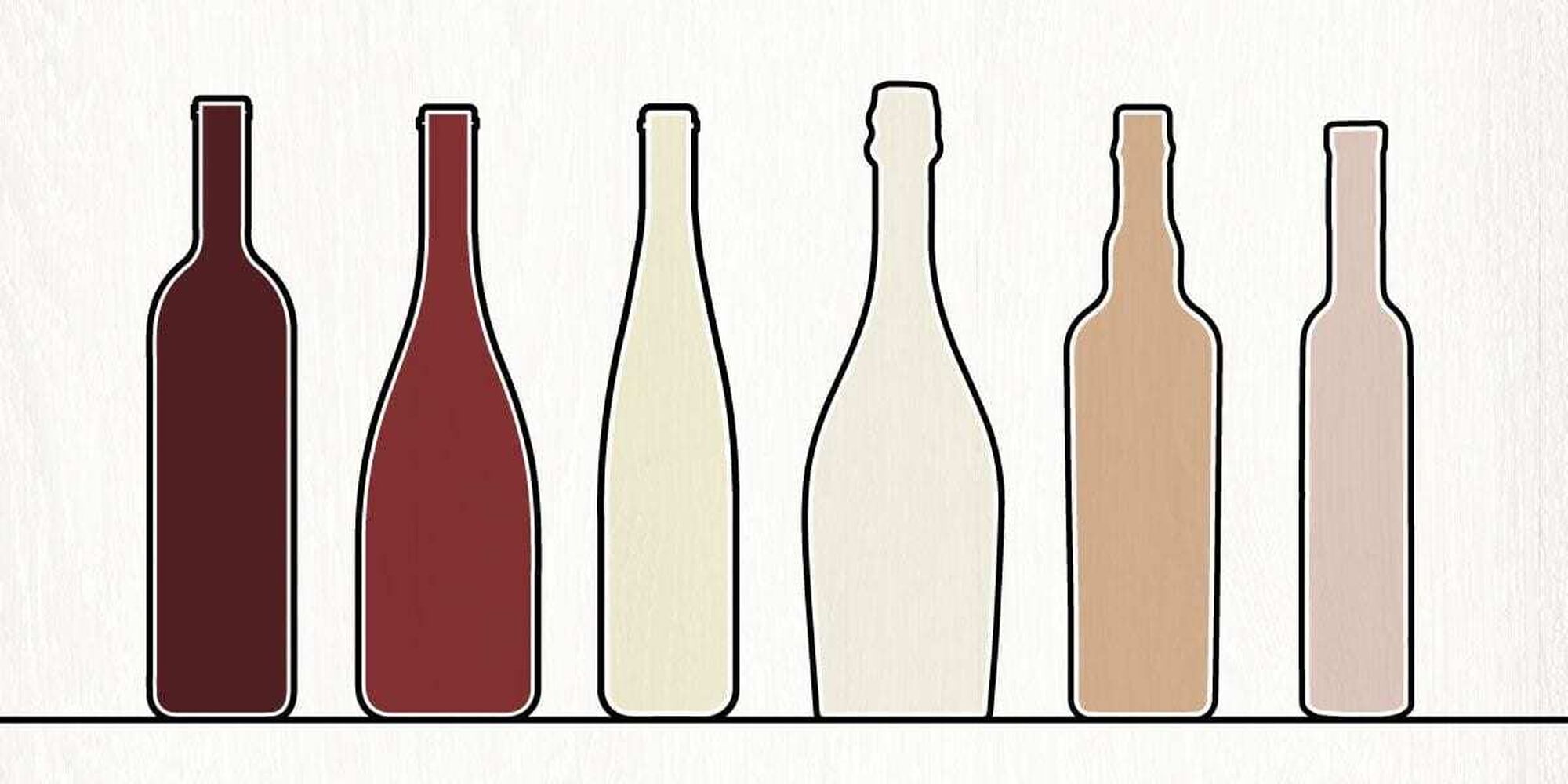Join Our Mailing List
To receive announcements regarding events, wine releases and more, please join our mailing list.

Session Six: February 25, 4:30 PM (PST)
Watch a recording of the session here.
Unanswered Question
Why do standard bottles come in 750ml? Other than the legend of that’s how much the human lungs could express while glassblowing bottles back in the day, is there a more practical reason?
Up until the mid to late 20th century, there was no standard bottle size, even with the legend of 750ml of breath during glassblowing in Burgundy… But in the late 1970s, as the US was starting to adopt the metric system (1975 Metric Conversion Act signed by President Ford), they decided to mandate all wine bottles to contain 750ml. The US was a booming market at that time, so producers all over the world quickly adopted the new 750ml size so they could do business with Americans. Of course, Ronald Regan ended the Metrification Board in 1982, so we still have 75 mph speed limits and gallons of milk at the store, but the wine bottle stayed.
Fact Check
1) I mentioned a Venetian glass blower named Lino Tagliapietra who is still blowing glass and is one of the last remaining Venetian trained master glass blowers from the island of Murano. I said that he was 85 years old.
He is 86 years old. And he’s not one of the last, just one of the oldest living masters currently still blowing glass!
2) When talking about why recycling glass in the US is not as economical because of distance from glass recyclers to glass manufacturers, that was true but just the tip of the iceberg…
In the US, we just don’t have the policies or consumer education/habits to recycle effectively. Most communities use single-stream collection which results in all recyclable material (plastic, glass, metal, cardboard, paper, etc.) being collected together in a single receptacle/collection to make it easier on the consumer. But most people don’t recycle properly (clean materials, garbage mixed in, wish-cycling items that have many “recyclable-components” but taken together are just trash) so the glass that could be salvaged just isn’t. If the US shifted to multi-streamed recycling (easier for the recycling plant, more involved for the consumer and expensive for collection) there could be more glass recycled, but it would probably raise local taxes to help pay for it, which most are reluctant to do. Cullet is also very heavy, so shipping it from plants to manufactures would be more expensive the longer the distance, which in America, can be very long and uneconomical.
3) When talking about the clavelin (bottle used for Vin Jaune in the Jura region of France), I said that the 620ml size was proportional to the amount of wine left after the winemaking process (6 years of aging under flor, a type of yeast) from a full sized bottle (750ml)…
It’s actually proportional to the amount of wine left from a full liter (1000ml) of wine, not a standard 750ml bottle. (So, think of it as Vin Jaune is only 62% of the original wine that was vinified)
4) When storing bottles with cork, I said you want them to be on their side or upside down to keep the cork moist so that it stays airtight…
I meant watertight (or, I guess, wine-tight). There will still be a very slow transfer of oxygen through the cork, as the wine ages, so it isn’t in fact airtight.
Next Session: March 4, 4:30PM (PST)
Topic: Library Tasting - 2013 Sestina/Valery
In celebration of our upcoming release, we look back at these wines released 5 years ago. If you have these in your cellar, pop one open and we’ll celebrate together. Don’t have these specific wines? Grab any wine over 7 years old and we’ll talk about how wines change over time.